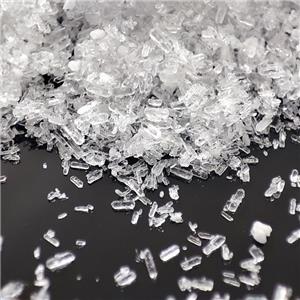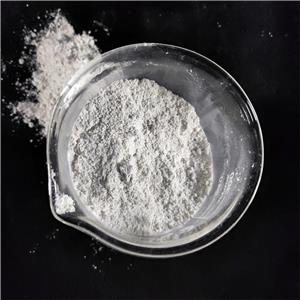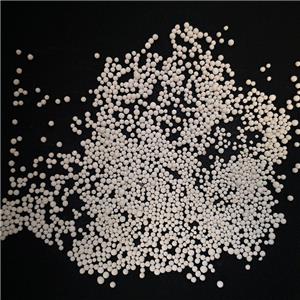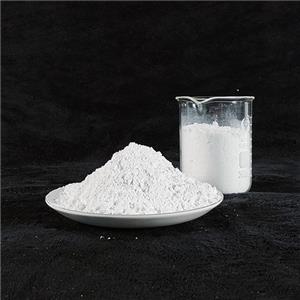-
0504-2025
How is ultrafine talcum powder used in PP and PVC fields?
Talc powder, as a natural hydrous magnesium silicate mineral, has a flake structure, low hardness, good chemical stability, and is usually white or off-white in color. It has good insulation, heat resistance and chemical resistance. Corrosive. These properties make it widely used in the field of plastic modification, especially in polypropylene (PP) and polyvinyl chloride (PVC).
-
0303-2025
Why is talc allowed in makeup?
Talc powder has been a widely used ingredient in cosmetics and personal care products for many years, thanks to its versatile properties. Despite concerns about its safety, talc powder continues to be permitted in makeup and other beauty products due to several factors, primarily its functional benefits and the regulatory oversight in place to ensure its safe use. Here's why talc powder is allowed in makeup:
-
2502-2025
What is talc powder used for?
Talc powder is a naturally occurring mineral composed primarily of magnesium, silicon, and oxygen. Known for its softness, smooth texture, and absorbent properties, talc has a variety of uses across multiple industries, including personal care, pharmaceuticals, and manufacturing. Here’s a deeper look into its main applications:
-
2302-2025
Is talc in powder safe?
Talc powder is a naturally occurring mineral commonly used in baby powders, cosmetics, and other personal care products for its ability to absorb moisture and reduce friction. However, the safety of talc, particularly in powder form, has been a topic of concern for many years.
-
2002-2025
What is talc powder used for?-2
Talc powder is a naturally occurring mineral composed primarily of magnesium, silicon, and oxygen. Known for its softness, smooth texture, and absorbent properties, talc has a variety of uses across multiple industries, including personal care, pharmaceuticals, and manufacturing. Here’s a deeper look into its main applications:
-
0602-2025
How to improve the heat resistance of plastics through materials such as talc-2
The heat resistance of plastics usually refers to the material's ability to maintain its physical properties at room temperature in high-temperature environments. Under high temperature conditions, the physical properties of polymer materials will change due to the intensification of molecular motion, among which the elastic changes are the most obvious.
-
0402-2025
Do you know the medicinal value of talcum powder?
Talcum powder not only has remarkable effects, but also has outstanding medicinal value. It is one of the commonly used drugs for treating eczema in clinical TCM. During treatment, talcum powder and calamine can be mixed into a medicinal solution and applied directly to the eczema affected area. Apply multiple times a day to effectively relieve eczema symptoms and reduce the itching and pain caused by eczema. In addition, talcum powder is often used to treat other skin problems, and its anti-inflammatory and anti-itching effects are significant.
-
0302-2025
Everyone has made a mistake. Talcum powder itself is not carcinogenic.
Talc itself is not carcinogenic, but it is important to pay attention to whether it contains asbestos. Strict production standards and testing procedures can effectively ensure the safety of talc. Under reasonable use, talc is safe in the fields of cosmetics, medicine, ceramics, etc. For consumers, choosing products from reliable brands and using them in accordance with regulations is the best way to protect themselves.
-
0202-2025
Excellent! Talc plays an irreplaceable role in the papermaking industry
During the papermaking process, various additives and fillers play a vital role in the quality and performance of paper. Among them, talc, as an important industrial raw material, plays an irreplaceable role in the papermaking industry with its unique properties.
-
0102-2025
Advantages and disadvantages of talcum powder and application precautions
Talc is a common filler widely used in the coating industry. Its main component is hydrous magnesium silicate with a molecular formula of 3MgO·4SiO2·H2O. Talc belongs to the monoclinic system and its crystals are pseudo-hexagonal or rhombic flakes. Talc micropowder, which is made through multiple processes, occupies an important position in the coating industry with its unique physical and chemical properties.




